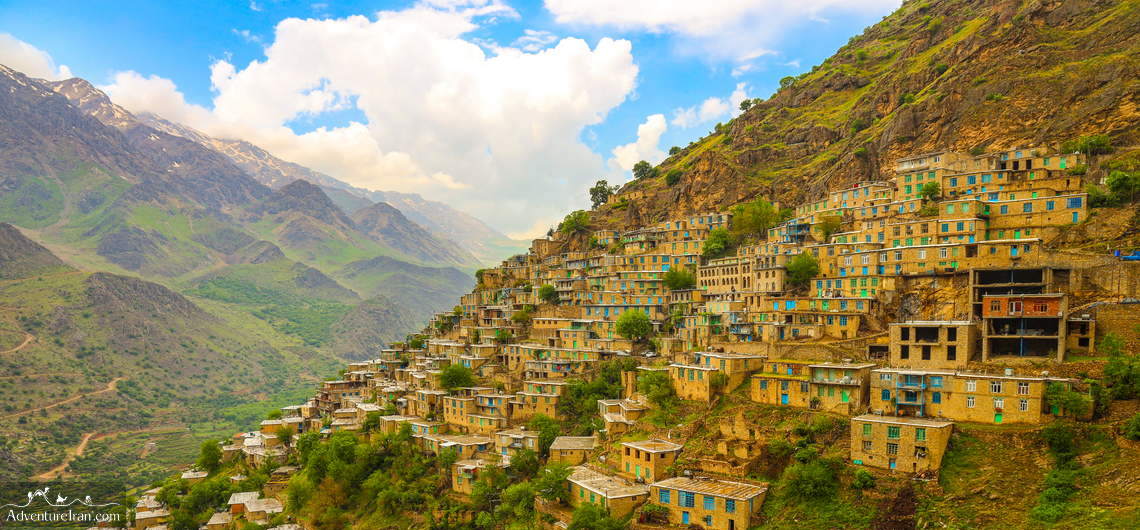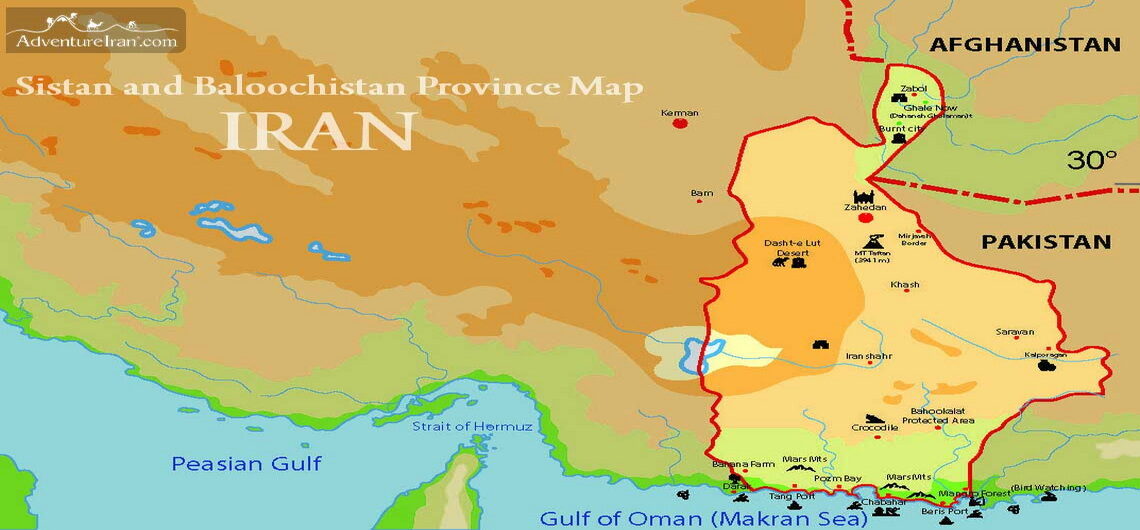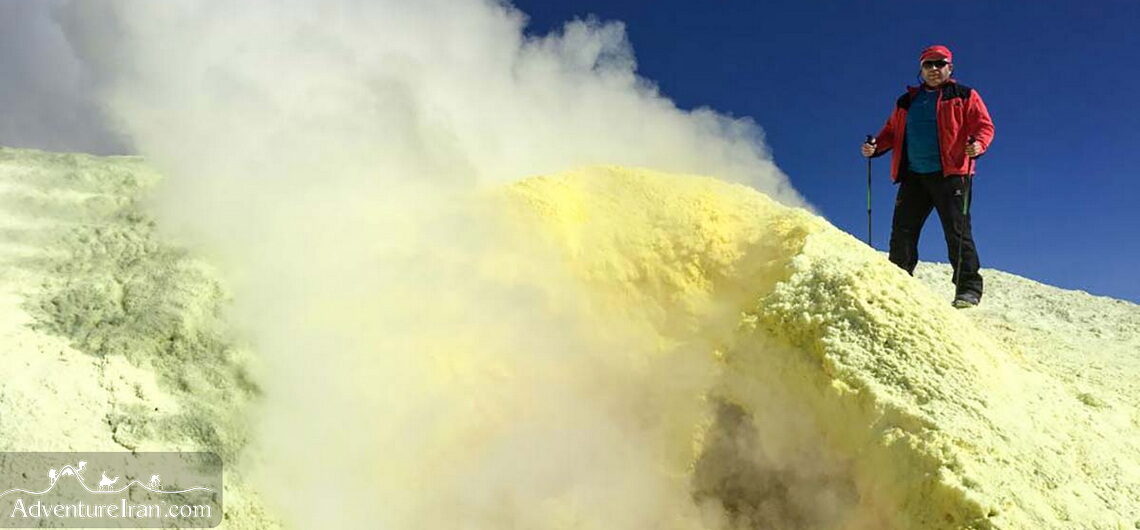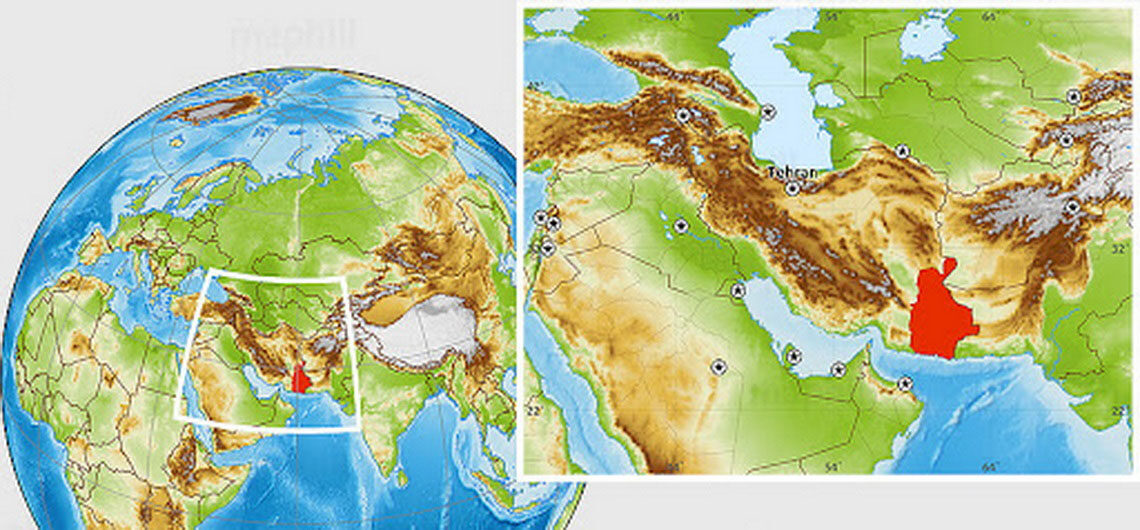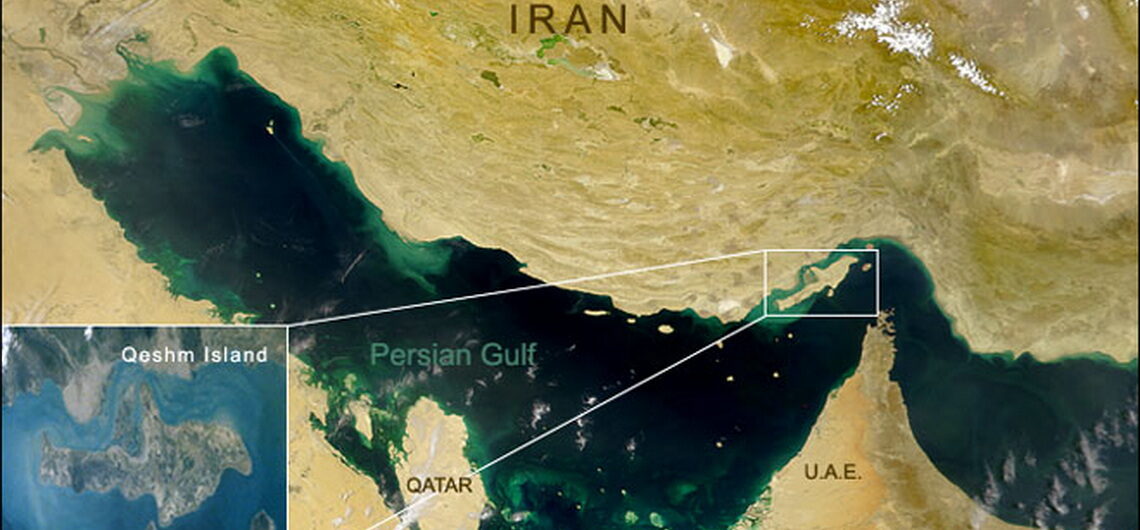The best Off the Beaten Track Villages of Iran Iran has 27 UNESCO registered world heritage sites (till 2023) and it is the 10th country in the world with the most UNESCO sites on the list, but it is still an unknown destination for the world compared to the other touristic countries. As you know,
Sistan and Baluchestan Tourist and Travel Guide
- Destinations, Travel Guide
- Balooch People, Baloochistan Photography, Baloochistan Tours, Baluchestan, Baluchestan Photography, Baluchistan, Baluchistan Destination, Baluchistan Photo Tours, Baluchistan Poeple Photography, Baluchistan Tours, Baluchistan Travel, Blooch, Chabahar, Darak, Iran landscape Photography, Iranian Balooch, Iranian Baloochistan, Iranian Baluchestan, Iranian Baluchistan, Makran, Photography in Baloochistan, Photography in Baluchistan, Sistan and Balochistan, Sistan and Baluchestan, Sistan and Baluchestan province, Sistan and Baluchistan, Zahedan
Sistan and Baluchestan Travel Guide If you wish to travel to Off the Beaten Track destinations in Iran, do NOT miss this Sistan and Baluchestan Travel Guide! Introduction Read this short article as Sistan and Baluchestan Travel Guide and see the photos and videos of this untraveled route of Iran to understand why you should
Mount Taftan in Iran Active Volcano Peak The massive Mount Taftan is situated only 70 km away from the Pakistan border, southeast of Iran. It is an isolated, active volcanic mountain located in Sistan and Baluchestan province. South of the mountain is Khash, the nearest city. Mt. Taftan has two very famous summits with Chehel
Sistan and Baluchistan
- Attractions, Destinations
- Adventure Iran, Adventure Travel, AdventureIran, Baloch, Balochi, Balochistan, Chabahar, Iran, Iran Destination, Iran off the beaten track, Iran Travel, Makran, Off the beaten path, Off the beaten track, Persian Gulf, Sistan and Balochistan, Sistan and Baluchestan, Sistan and Baluchistan, Zahedan
Sistan and Baluchistan in Iran Sistan and Baluchistan province (also spelled Sistan and Baluchestan) is in the southeast of Iran on the border with Afghanistan and Pakistan. To the south lies the Indian Ocean and the Gulf of Oman. This province is about the size of Switzerland, the Netherlands, Belgium, Denmark, and Slovenia combined. As
Qeshm Island in Iran Qeshm Island, in Hormozgan province, Iran, is the largest island in the waters of the Persian Gulf. We have always heard a lot about the unique beauties and features of this island. The countless attractions have made Qeshm one of the most important tourist destinations in Iran. It is located in

